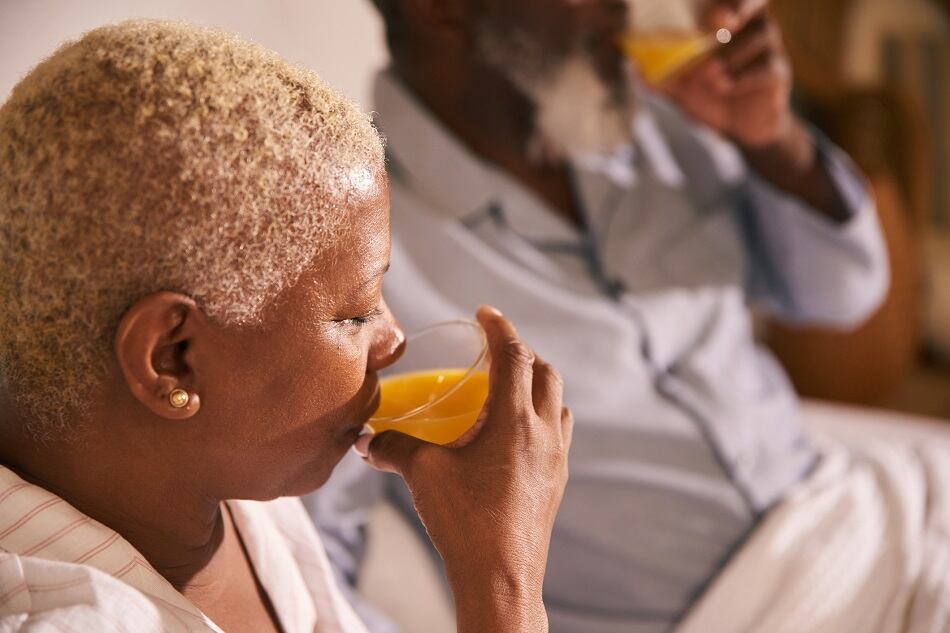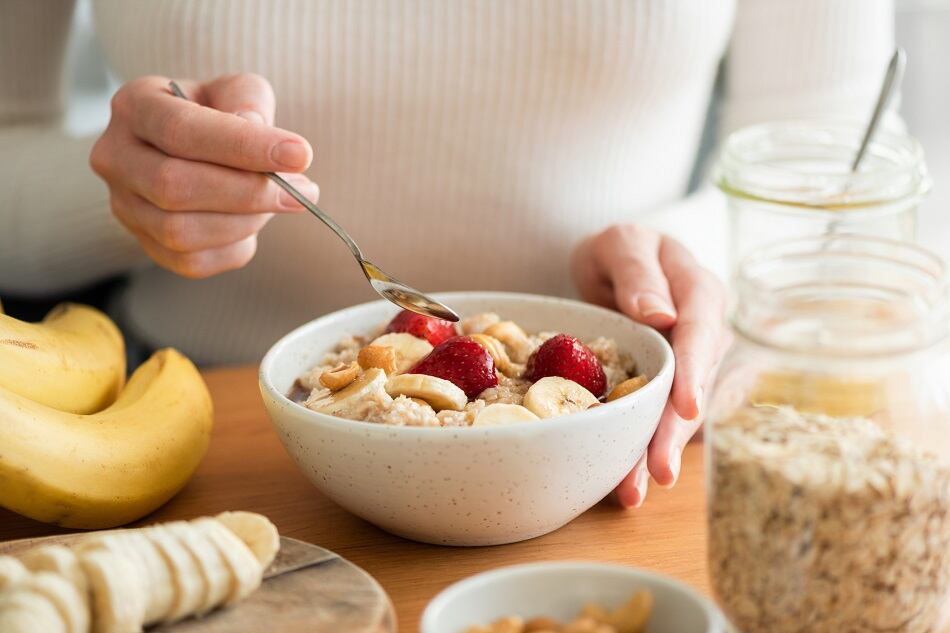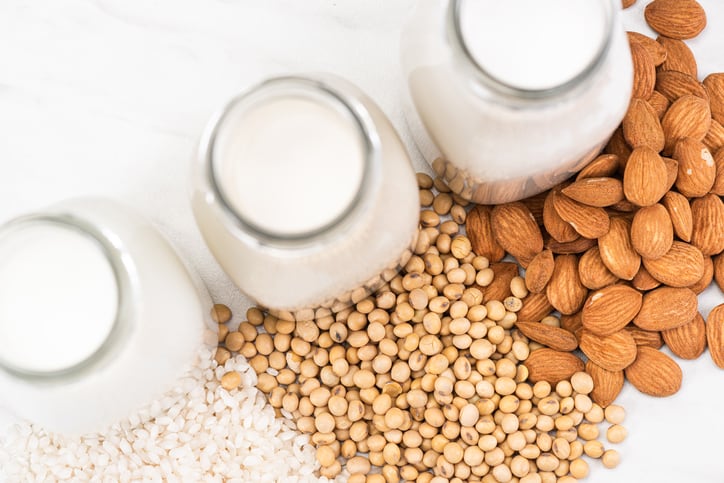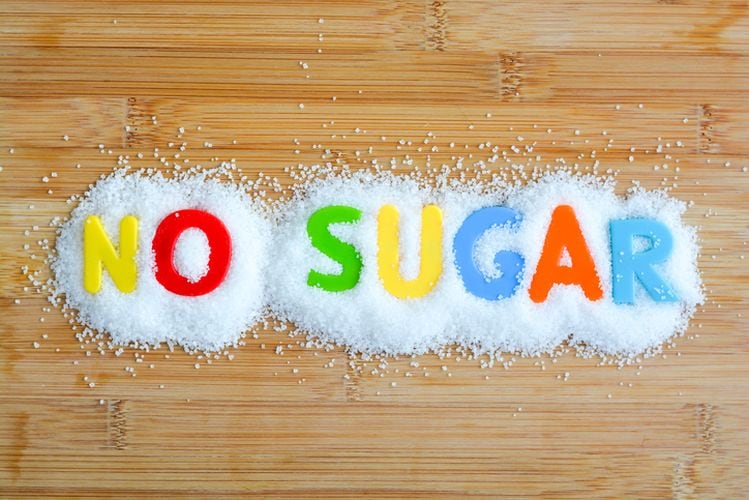The seed funding round was led by iAngels, Israel with additional participation from Maverick Ventures, Israel; Food Tech Lab TFTL, Spain; The Kitchen Hub, Israel, as part of the Strauss Group and IIA; NEOME, Israel; Schestowitz Group, Israel; and Semillero, Puerto Rico.
Blachinsky, who developed Better Juice's sugar reduction technology as a way to help his diabetic father safely enjoy juice and other juice-based products such as jams and marmalade, said the funding will allow the company to drastically increase production capacity in order to serve more customers.
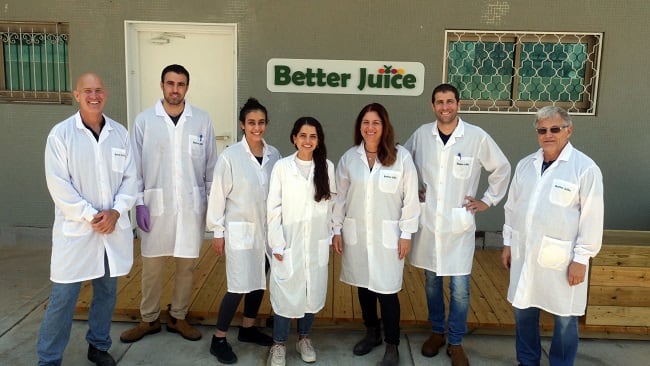
Better Juice, which currently has 100% of its operations in Israel, said the funding will allow it to increase production capacity 40x while generating up to $50m in sales annually.
The company will use the funds to expand its sales and marketing teams to support and accelerate further commercialization of the technology, which can be fitted into a company's existing production line.
"There is a significant need in the beverage industry to effectively reduce sugar and we anticipate bringing our solution to market in just a few months," said Gali Yarom, co-founder, COO, and VP of business development for Better Juice.
US market focus
The company's focus is on the US market, where regulations are a bit easier to navigate compared to other regions such as the EU, according to Blachinsky, who added that the company is currently awaiting a GRAS no objections letter from the FDA for its technology.
He added that the company made its first sale to a US beverage manufacturer, of which he could not disclose any further details, but said it wouldn't be long until products using Better Juice technology hit the market in the US where consumer interest in sugar reduction is higher than in many other international markets.
"There's always been awareness [for sugar reduction] in Europe, but in the US it’s much more pronounced," Blachinsky told FoodNavigator-USA.
According to a nationwide survey commissioned by FONA International, 50% of US consumers said they would like to reduce their overall sugar intake, an increase of 8% from 2019.
Enzymatic sugar reduction technology
Better Juice uses natural enzymes from non-GMO microorganisms to convert simple sugars in 100% juice into non-digestible compounds (i.e. dietary fibers) without impacting the smell, vitamin composition, and to a large extent, taste (the perceived sensory sweetness of the juice is reduced by 15% to 20% as a result of the conversion process, while the sugar content is reduced by 80%).
The process uses a continuous-flow system containing immobilized non-GMO microorganisms (instead of live ones), and as the juice passes through, the enzymes within the ‘dead’ microorganisms bio-convert the juice sugars into dietary fibers and other non-digestible sugars “so there’s no secondary metabolites produced by fermentation,” said Blachinsky.
The end result is a product with up to 80% less sugar than conventional fruit juice.
Working with new production equipment under a partnership with GAE, Better Juice will be increasing its production rate from 13.2 gallons of juice processed per hour to 50 gallons per hour, and eventually, over 1,000 gallons per hour.
Blachinsky explained that the funding will help build out its team to support further sales of the technology to other juice producers both in the beverage segment but also food manufacturers working with juice as an ingredient.
"Juice is an ingredient in many other applications. You can find juice in cakes, cookies, ice cream, and so on. The idea is to use the same technology to approach other juice producers but also food producers," he said.

